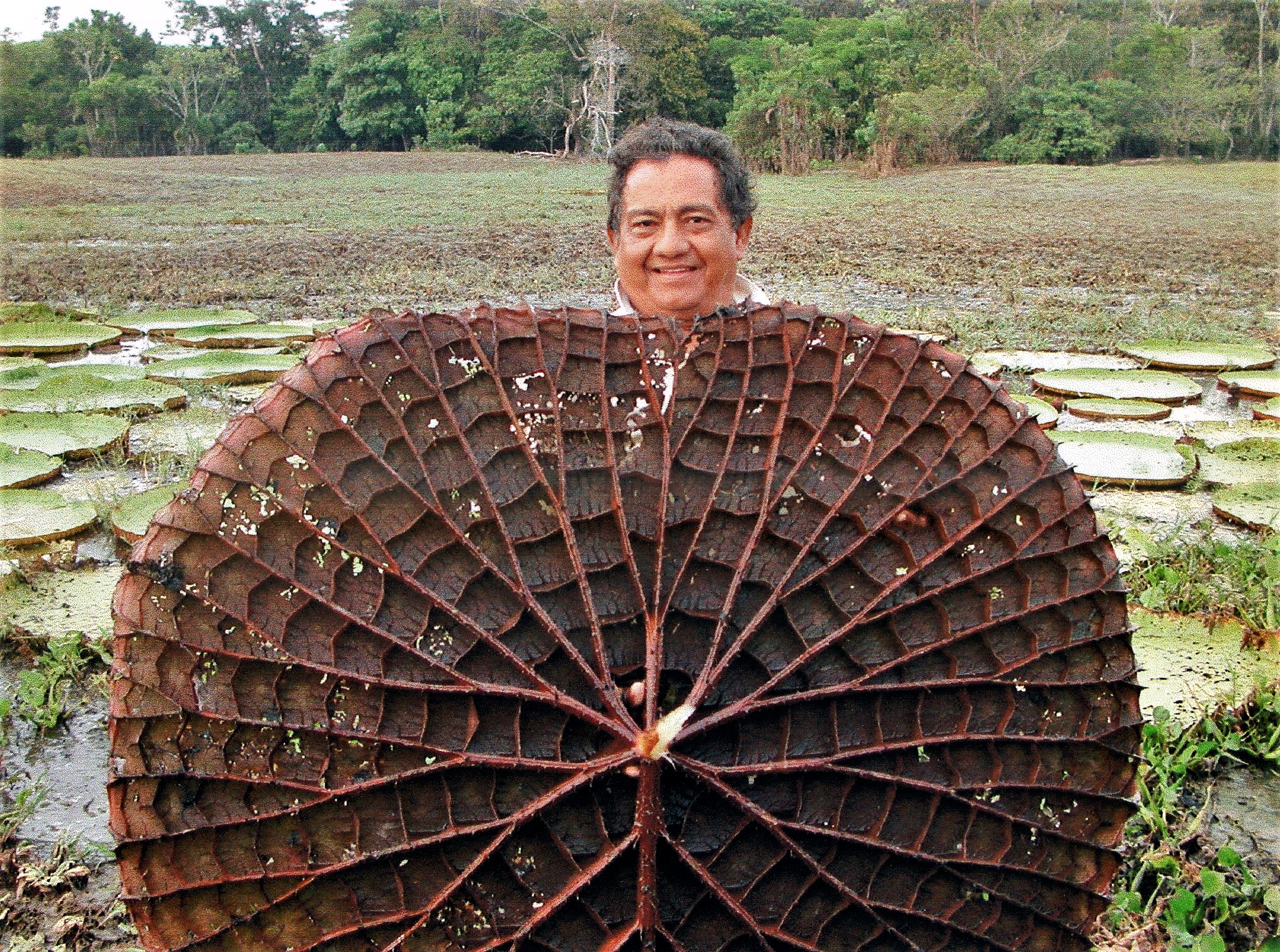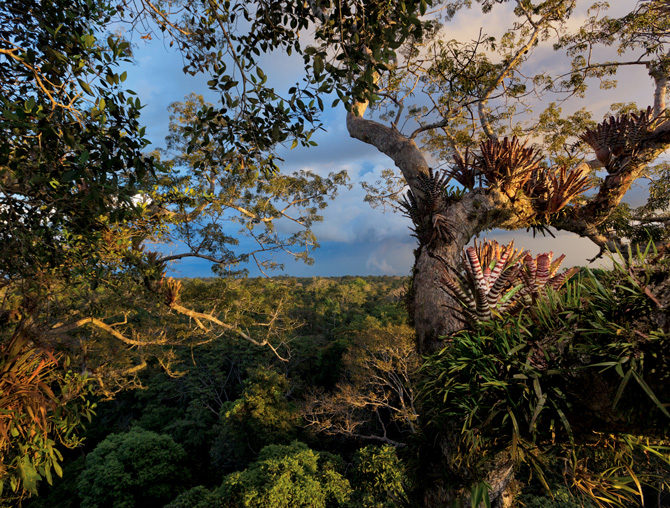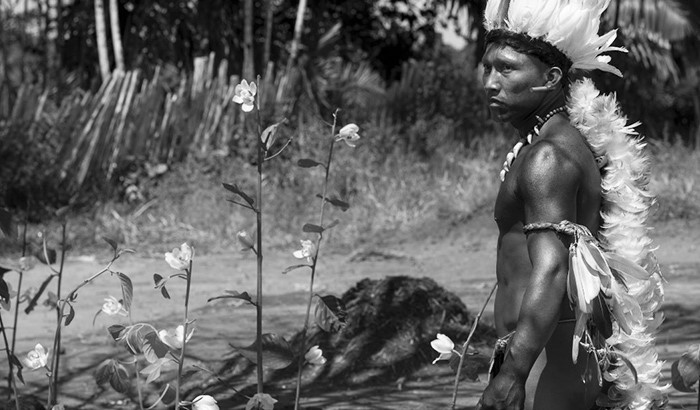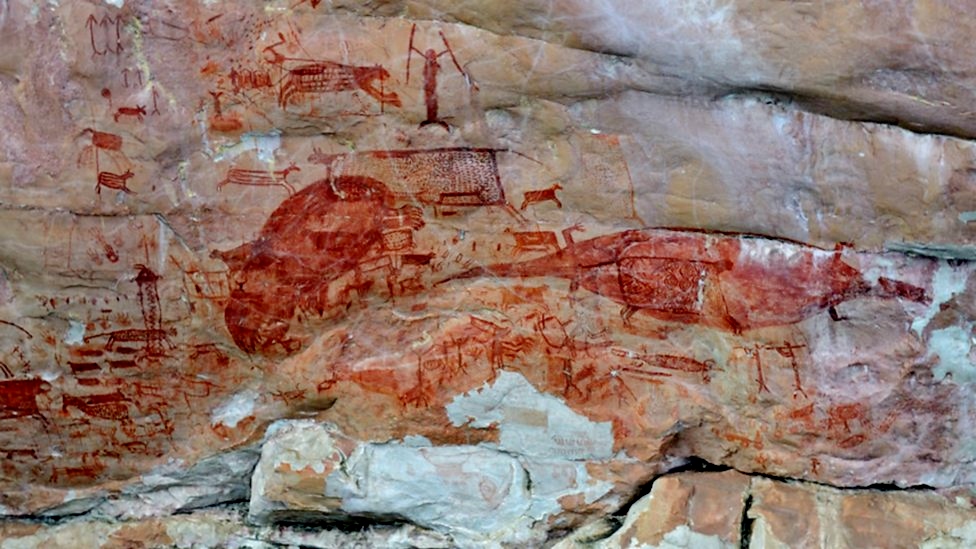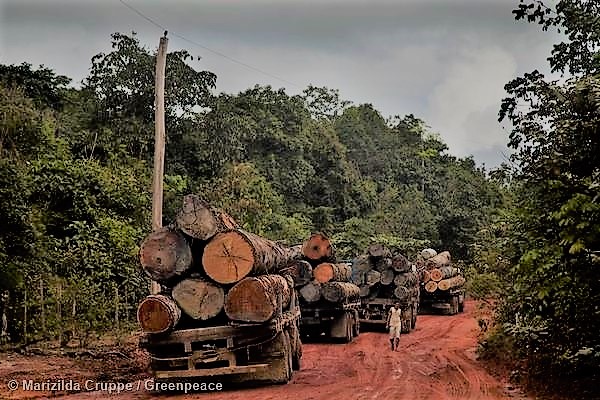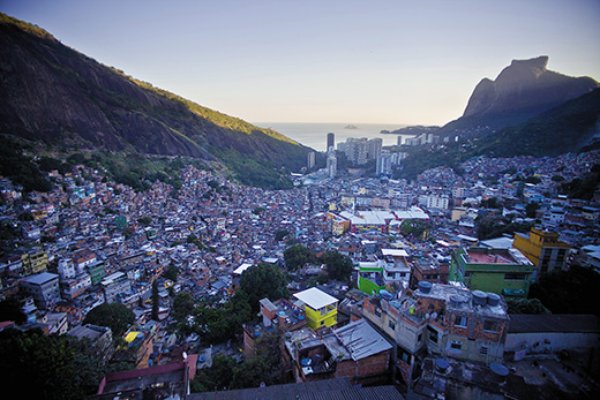Field Guides to the Wild intrigue Naomi Pitcairn, sharing her adventures in scientific documentation of the wonders of nature, in this case the botanical wealth of the American Tropics.
Tag: South America
Ecuadorian Amazon Under Oil Assault to Service Chinese Debt
Ecuadorian state capitalism has sacrificed significant tracts of one of the planet’s most important biosphere reserves, Yasuni National Park in the Amazonian region, to a massive new oil drilling project. It threatens multiple indigenous territories and the area’s biodiversity and ecosystem integrity.
“Embrace of the Serpent” Film: Journey of Healing and Ethnobotany
Ethnobotanist Richard Evans Schultes, one of the most important plant explorers of the 20th century, served as a key inspiration in a recent film called “Embrace of the Serpent.” In December 1941, Schultes entered the Amazon to study how indigenous peoples used plants for medicinal, ritual, and practical purposes. After nearly a decade of fieldwork, he made significant discoveries about the sacred hallucinogen ayahuasca. In total, Schultes would collect more than 24,000 species of plants including some 300 species new to Western science.
Colombia: Stunning Indigenous Rock Art from Amazonia
Prehistoric paintings on vertical rock faces in an Amazonian wilderness in Colombia were recently photographed and filmed for western eyes. The pretense of this British filmmaker as the “discoverer” of the paintings is of course ludicrous. The once populous Karijona Tribe most likely painted these masterpieces, and continue to live uncontacted in the vast rainforest, and anthropologists and explorers have studied the region for hundreds of years.
China’s Latest Earth Assault: Trans-Amazonian Railway
Environmentalists push back against more Chinese-financed plans to construct 5,300km (3,300-mile) route between the Atlantic and Pacific oceans to cut transport costs
Rio’s Favela Pacification: Militarized Gentrification With Benefits?
The Brazilian government’s militarized efforts to clean up Rio de Janeiro’s notoriously dangerous favelas is giving hope to some people living there, while others question the violent tactics and the whether it will make a difference. We provide counterpoint to Joshua Hammer’s 2014 investigation.
Gabriel García Márquez on Latin American Dictatorship and Liberation
We celebrate the late Colombian magical realist Gabriel García Marquez, exploring some of the highlights from his Nobel Prized Literary career.

